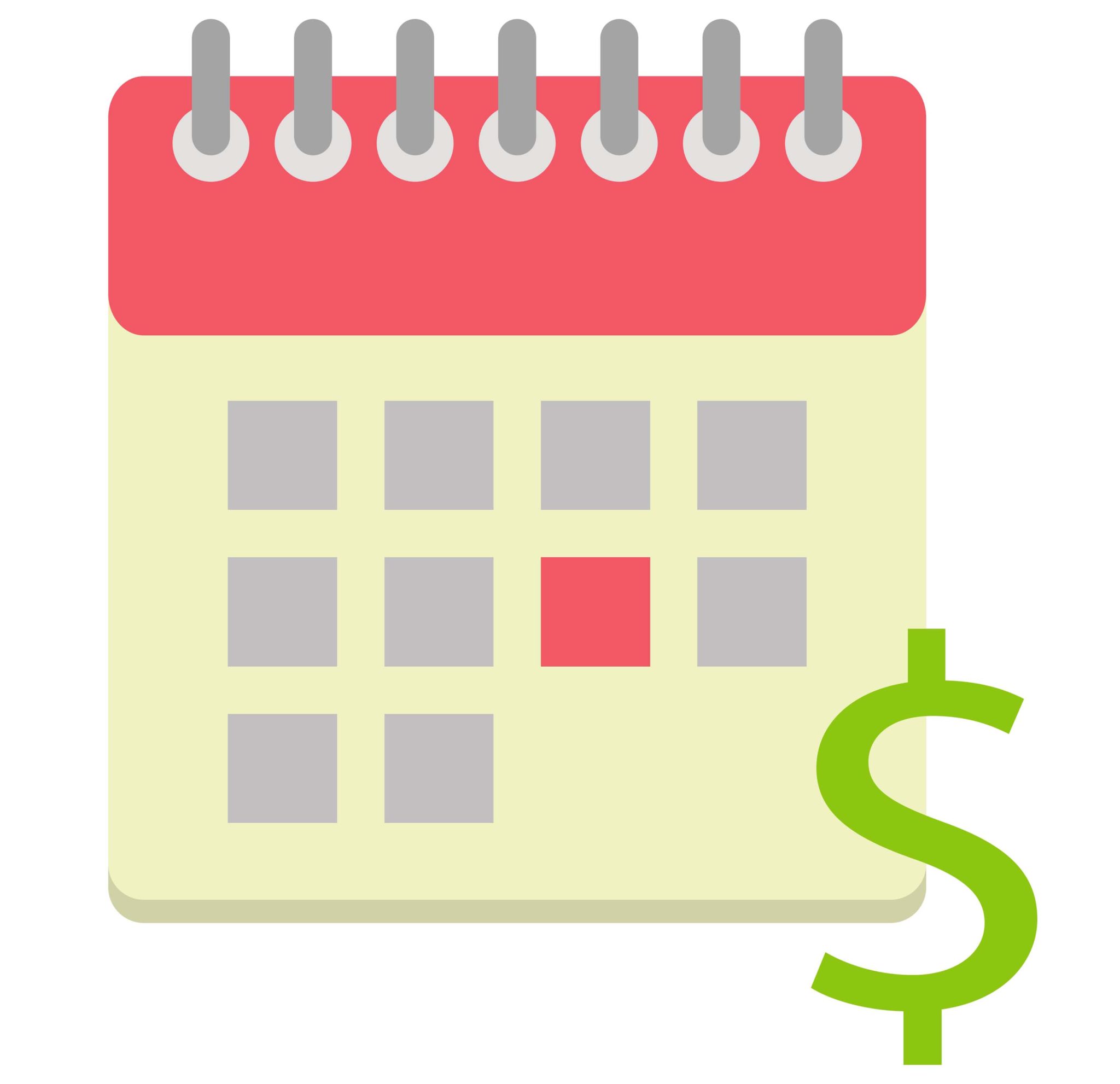Contributed by Jeremy Smith
Every business owner needs to understand how to file their quarterly estimated taxes. However, most small businesses are confused when it comes to paying these. Make no mistake, if you fail to file, it’s treated as though you didn’t pay your taxes and the IRS may come after you.
Create A Separate Bank Account For Tax Payments
Create a separate bank account for payments. Then, move about 30 percent of your gross income into that account. Why 30 percent? This will keep you from spending money that the IRS might decide to steal – err, “collect.”
The 30 percent is there as a buffer, just in case you make a mistake about how much you owe. Keeping separate accounts also prevents you from accidentally floating checks or spending the money that you need for taxes.
Look To The Previous Year’s 1040
If you did your taxes with someone like Liberty Tax, H&R Block, or TurboTax, getting previous 1040s will be easy. If you used an accountant, it also should be fairly easy to get copies of previous returns. The only time you might have a problem, ironically, is if you did the taxes yourself and didn’t keep good records.
If your company’s adjusted gross income last year was $150,000 or less, look at your previous year’s 1040 “total tax” entry form. Now, subtract any expected withholding for wages. Divide that number by four, and then send in a check for that amount each quarter. Even if you end up earning more than you did in a previous year, you won’t be penalized by the IRS because this is considered a “safe harbor” payment.
If your income exceeded $150,000 last year, plan on paying at least 110 percent of last year’s tax payment. Ouch.
Use The Annualized Payment Method
If your business makes irregular income, or doesn’t have consistent cash flow for some reason, you can use the annualized payment method. This payment method allows you to pay a percentage of that quarter’s earnings instead of using the same amount each quarter. Use IRS Form 2210 to get an idea of how to file.
Use The ETFPS To File Your Estimated Quarterly Taxes
No one pays taxes by snail mail anymore. Well, maybe some mom and pop shop does, but most companies use the Electronic Tax Federal Payment System, or EFTPS, to pay their estimated quarterly taxes.
The IRS hooks up a vacuum cleaner to your bank account and just sucks the money right out. Neat huh? OK, so it doesn’t work exactly like that – you can actually set up automated payments that will deduct taxes owed from your checking. You can also have those payments charged to a credit card.
At the end of the day, this is really the most important aspect of the whole process – making sure that you get that money to the IRS.
This article was contributed by Jeremy Smith, a tax analyst blogging about the ins and outs of filing taxes for the everyday person.






2 Responses
Creating a separate bank account is a smart decision. Investing a certain amount of income into that account can help establish a solid source for your tax payments.